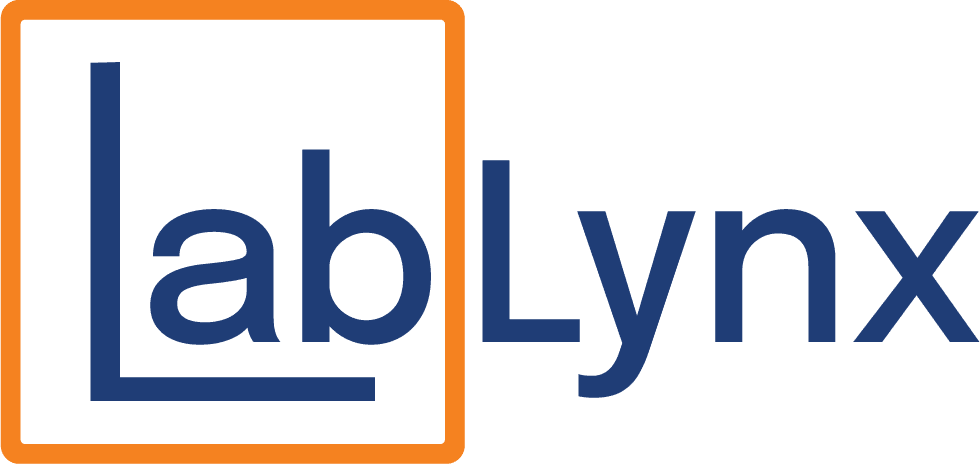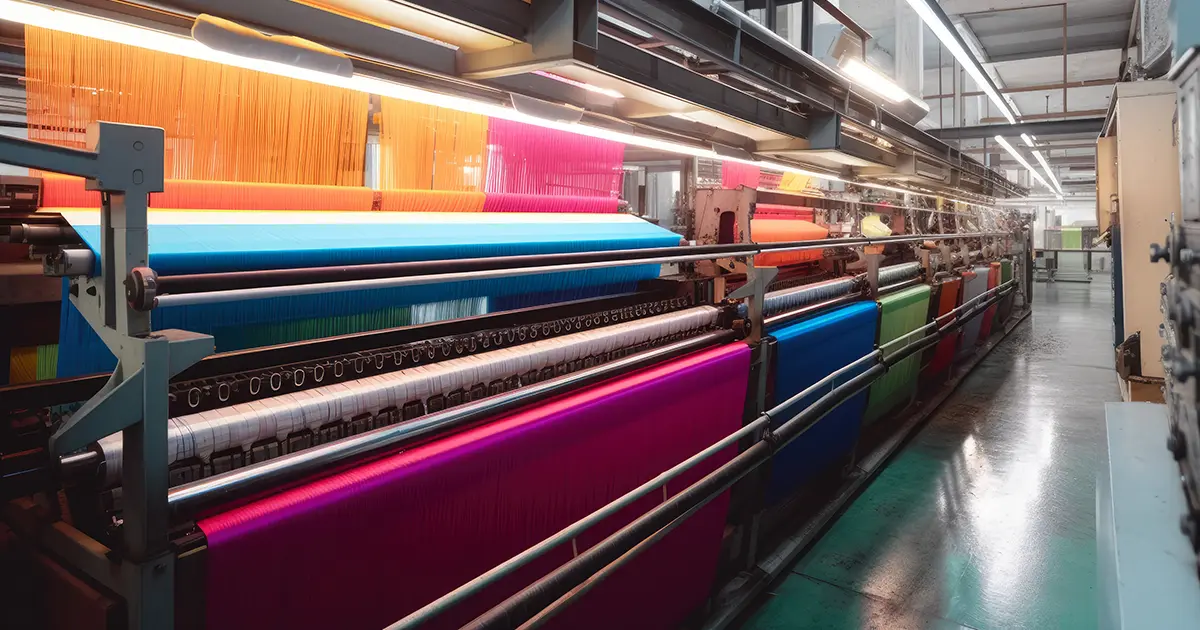
Every textile product tells a story far more complex than its color, weave, or pattern. Behind every successful garment, carpet, or industrial fabric lies a network of laboratories validating every fiber, dye, and finish that passes through the production chain.
In the competitive world of textile manufacturing, quality is no longer a matter of perception—it is a measurable, data-driven discipline. Textile QC and Material Testing are now central to maintaining brand integrity, meeting sustainability goals, and protecting margins.
Whether ensuring that a cotton blend maintains tensile strength after dyeing, or confirming that a synthetic fiber meets flame-retardant standards, laboratories are the invisible engines of reliability. Modern Lab Management Solutions, including LIMS for Textiles and ELNs, now enable manufacturers to tie these processes directly to business performance—accelerating innovation, ensuring compliance, and maximizing profitability.
Critical Lab Touchpoints in Textile Production: From Fiber to Finish
From the moment raw materials arrive to the final roll of finished fabric, laboratory testing acts as the gatekeeper of quality. Each stage of production brings unique analytical challenges, demanding precision, traceability, and speed.
1. Raw Material Inspection
Laboratories test incoming fibers—natural or synthetic—for composition, moisture content, and contamination. This ensures that raw materials meet supplier specifications before entering production. A robust Supply Chain Quality process begins here, preventing costly downstream issues.
2. Dyeing and Finishing Validation
Dye and finish formulations undergo continuous Material Testing to ensure consistent colorfastness, wash durability, and resistance to fading. For example, automated LIMS-driven colorimetric analysis enables technicians to compare measured dye absorption values against digital standards in real time, cutting rework and reducing chemical waste.
3. Performance and Durability Testing
Finished textiles must meet rigorous standards for abrasion resistance, pilling, stretch recovery, and tensile strength. These physical tests, often automated or instrument-based, ensure that fabrics perform consistently under stress. LIMS software streamlines data collection, flagging out-of-spec results immediately and initiating corrective actions.
4. Regulatory and Sustainability Compliance
Environmental testing, such as Sustainability Testing for restricted substances or chemical residue, is now an essential part of textile operations. LIMS platforms track compliance with frameworks like REACH, OEKO-TEX®, and ISO 17025, maintaining detailed audit trails to satisfy customer and regulatory audits.
Challenges in Traditional Textile Lab Management: Manual Data and Siloed Operations
Many textile labs still operate with legacy tools—spreadsheets, manual forms, or standalone instruments—that create hidden inefficiencies and data blind spots. These issues undermine both quality and production efficiency.
Common Operational Bottlenecks
- Manual Data Entry: Technicians spend hours transcribing readings, creating room for human error and slowing throughput.
- Fragmented Systems: Instruments, ERP platforms, and production systems often lack integration, preventing a unified view of performance.
- Limited Traceability: Without centralized data management, tracking sample lineage or retesting causes significant delays.
- Compliance Gaps: Paper-based records make it difficult to maintain consistent Lab Compliance or demonstrate adherence to regulatory standards.
Such challenges can have direct business consequences—delayed shipments, higher waste, and inconsistent quality that erodes customer trust. The solution lies in digital transformation: integrating Lab Management Solutions that align laboratory workflows with broader production systems.
The LIMS Advantage: Revolutionizing Textile Laboratory Operations
Implementing a LIMS for Textiles transforms laboratory performance from reactive oversight to proactive control. It enables full visibility into testing processes, sample progress, and production dependencies—all from a single digital hub.
Key Capabilities of a LIMS for Textiles
-
Sample and Batch Tracking
LIMS systems manage every sample from raw material intake through finished product validation. Barcoding, automated ID generation, and digital chain-of-custody records ensure traceability across every production lot. -
Instrument Integration and Real-Time Data Capture
By connecting instruments such as spectrophotometers, tensile testers, and chemical analyzers directly to the LIMS, data is captured automatically and verified instantly. This eliminates transcription errors and ensures consistency across global facilities. -
Workflow Automation
Automated testing schedules, approval routing, and report generation streamline lab operations. Supervisors can view progress dashboards, track bottlenecks, and reallocate resources to maintain continuous testing throughput. -
Regulatory and Standards Compliance
LIMS platforms enforce test methods, manage audit trails, and maintain version-controlled SOPs to ensure full Lab Compliance with ISO, ASTM, and AATCC standards.
Example 1: Accelerating Colorfastness Testing
Traditionally, verifying colorfastness required manual spectrophotometer readings and subjective color comparisons. With a modern LIMS, results are captured automatically, compared to digital master standards, and flagged for variance. This reduces testing cycles by up to 60 percent and ensures consistency across production sites.
Example 2: Streamlining Material Composition Analysis
In fiber composition testing, laboratories often handle dozens of samples simultaneously. By integrating analytical balances and infrared spectrometers with LIMS, each result is logged instantly and matched to batch data. This minimizes cross-contamination risk and improves Production Efficiency by eliminating manual reconciliation.
Tangible Business Benefits: Increasing Production, Quality, and Profitability
For textile manufacturers, lab modernization is not just a technical upgrade—it is a strategic business investment. By improving laboratory velocity, accuracy, and transparency, companies gain measurable advantages across the entire production lifecycle.
1. Higher Throughput and Reduced Waste
Automated testing and centralized data eliminate delays that stall production. Real-time monitoring ensures nonconforming materials are identified early, reducing scrap rates and reprocessing costs.
2. Improved Product Consistency and Quality
Standardized test procedures and digital data validation minimize variability, ensuring that every batch meets brand and regulatory standards. This drives stronger customer satisfaction and repeat business.
3. Faster R&D and Innovation Cycles
Integrated LIMS and ELN systems empower Textile R&D teams to record experiments, analyze outcomes, and transfer validated formulations directly into production. The result is faster innovation and quicker product launches.
4. Enhanced Compliance and Audit Readiness
Built-in traceability and version control simplify reporting during inspections. Electronic records demonstrate adherence to Sustainability Testing and environmental frameworks, building trust with customers and regulators alike.
5. Increased Profitability and ROI
By cutting testing time, preventing waste, and avoiding compliance risks, LIMS implementations consistently deliver high returns. Manufacturers report faster order fulfillment, reduced lab labor costs, and better alignment between quality assurance and production targets.
Conclusion: Weaving a Future of Excellence Through Lab Innovation
Laboratories may operate behind the scenes, but their impact on textile manufacturing is front and center. They define the quality, reliability, and sustainability of every yard produced.
In an era of rising consumer expectations and complex global supply chains, digital transformation is no longer optional. Advanced Lab Management Solutions, like those offered by LabLynx, provide the tools textile manufacturers need to optimize testing, connect data across the supply chain, and sustain continuous improvement.
By embracing technologies such as LIMS for Textiles and integrated ELNs, forward-thinking manufacturers can transform laboratory data into business intelligence—turning quality assurance into a driver of innovation, sustainability, and profitability. The future of textiles is not just woven on the loom; it is crafted in the laboratory.
Accelerate Your Lab's Success & Experience LabLynx
"*" indicates required fields
Explore the LabLynx Suites
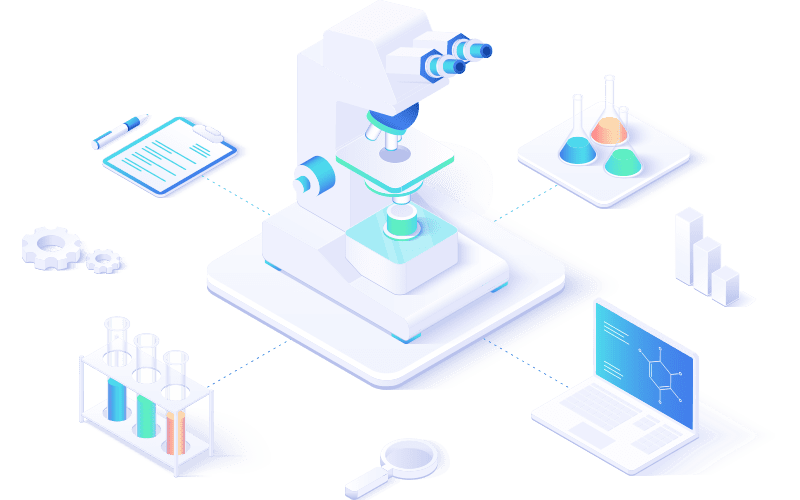
LIMS Suite
Seamless Sample and Workflow Management
The LabLynx LIMS Suite empowers laboratories with the tools needed to manage samples, workflows, compliance, and more in one centralized system. It’s the backbone for labs seeking efficient, reliable, and scalable management solutions.
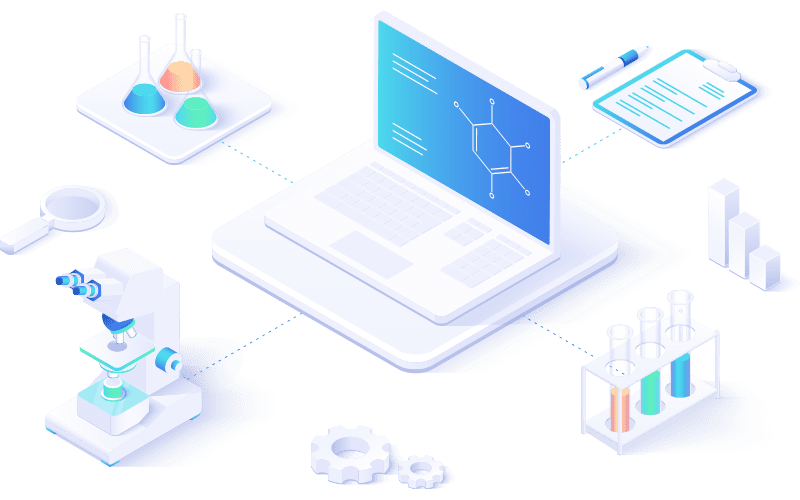
ELN Suite
The LabLynx ELN Suite offers a modern approach to managing lab data and experiments. With its secure, intuitive platform, your team can record, store, and collaborate effortlessly, supporting innovation every step of the way.
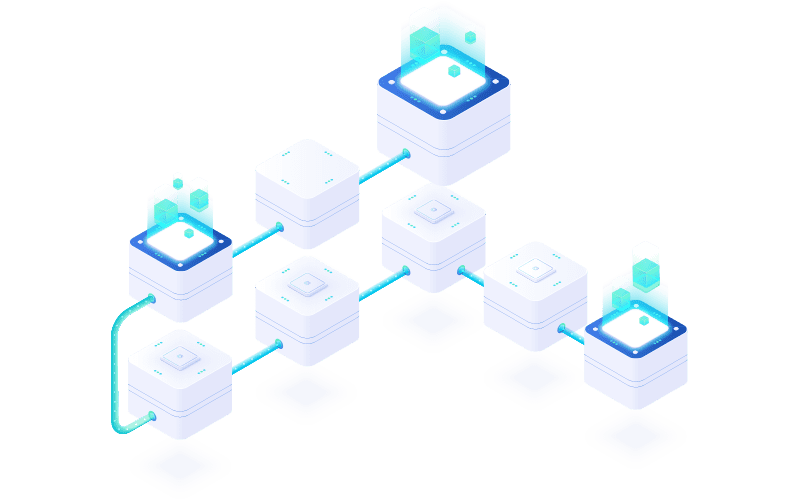
Lab Automation
Automate for Efficiency and Growth
Streamline operations and boost productivity with the LabLynx Lab Automation Suite. Designed for labs ready to embrace advanced automation, this suite integrates systems, instruments, and workflows to deliver efficiency at scale.
